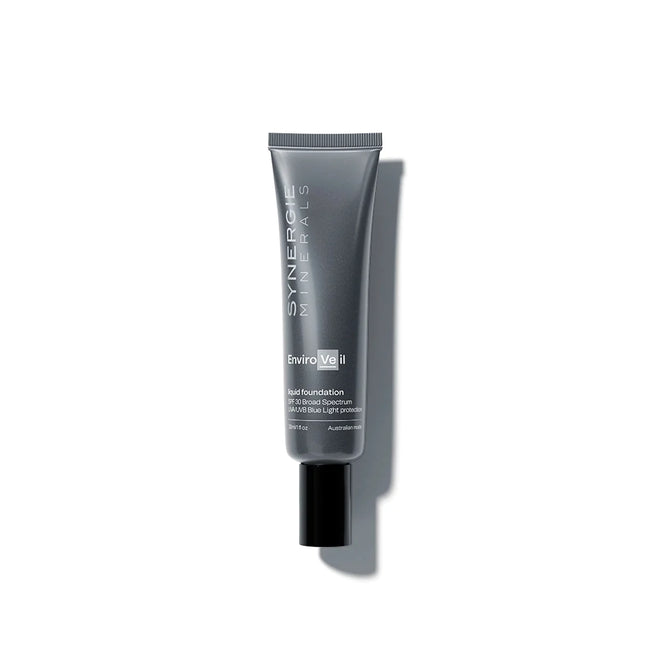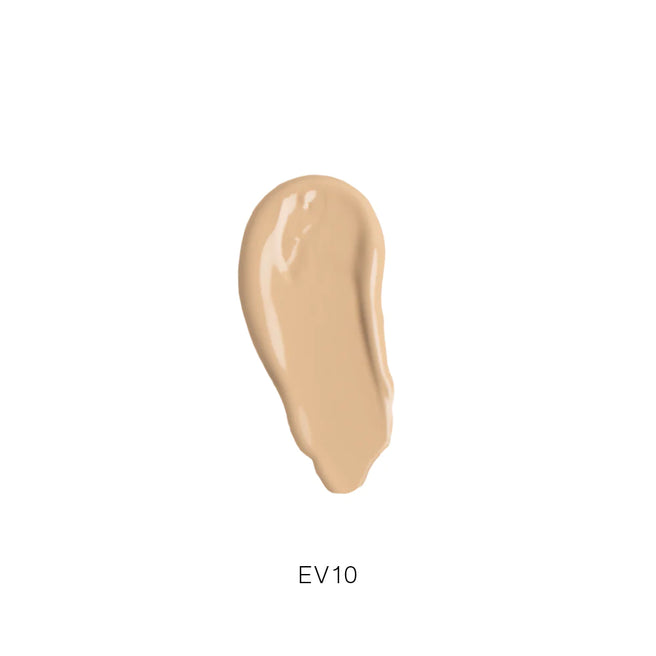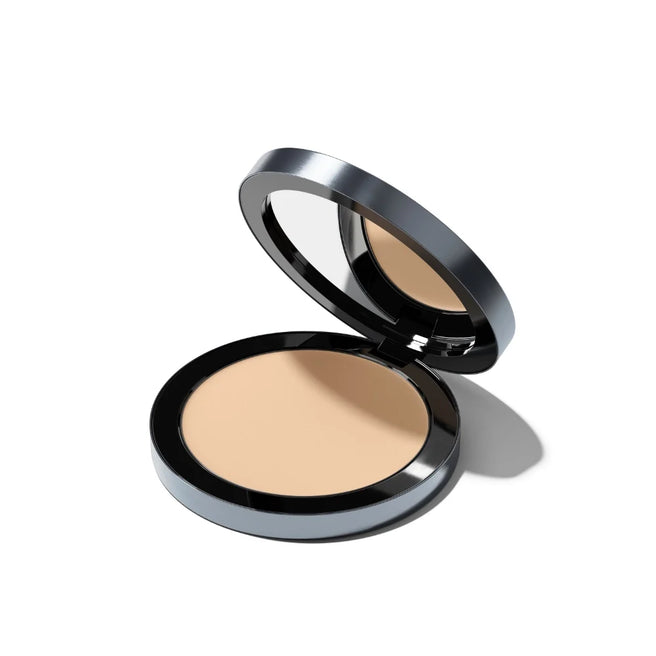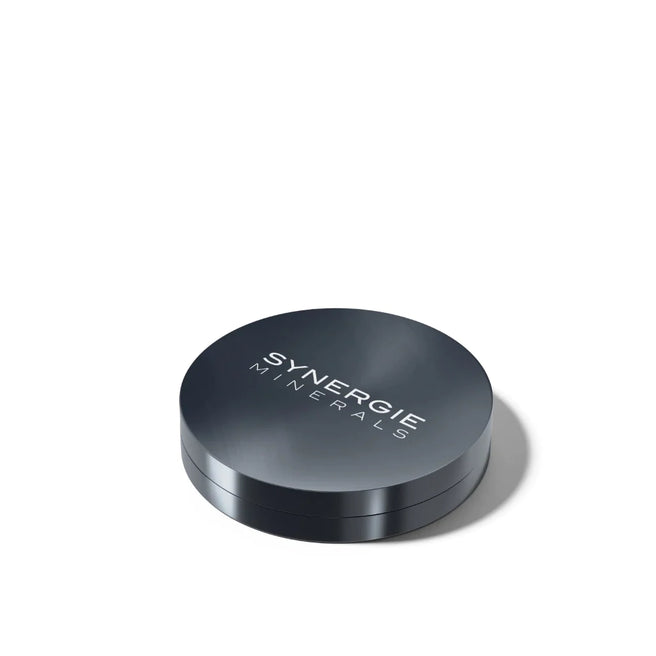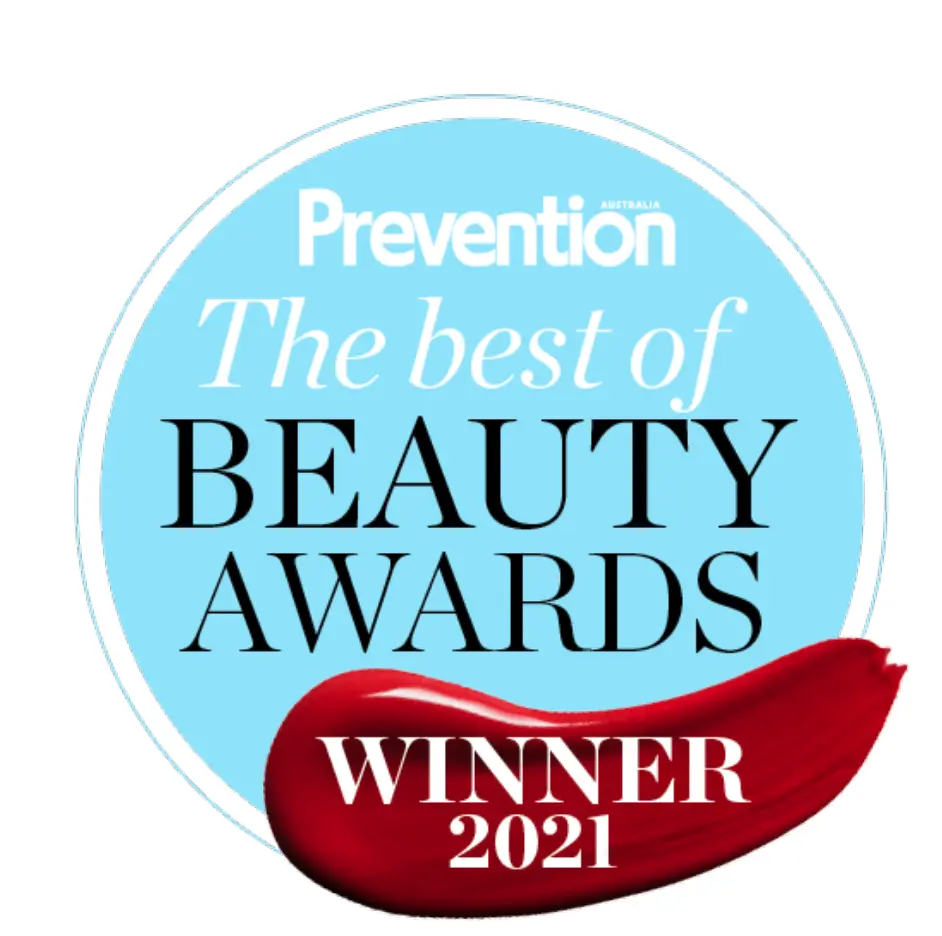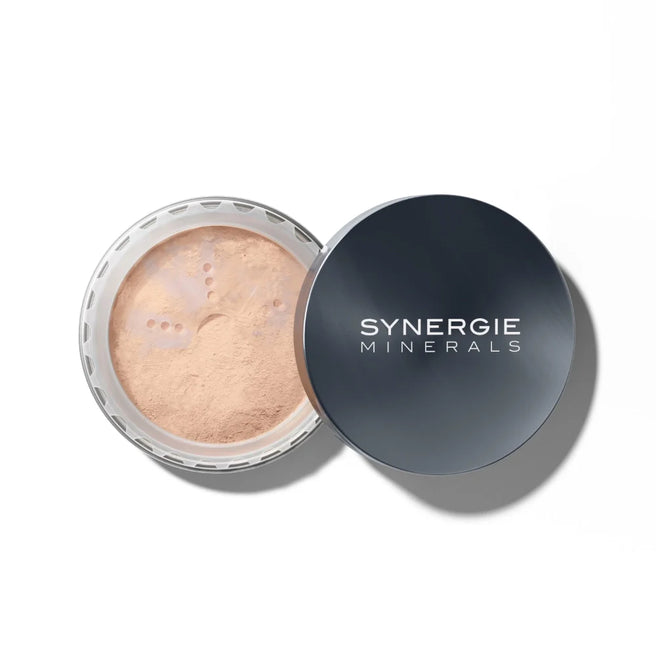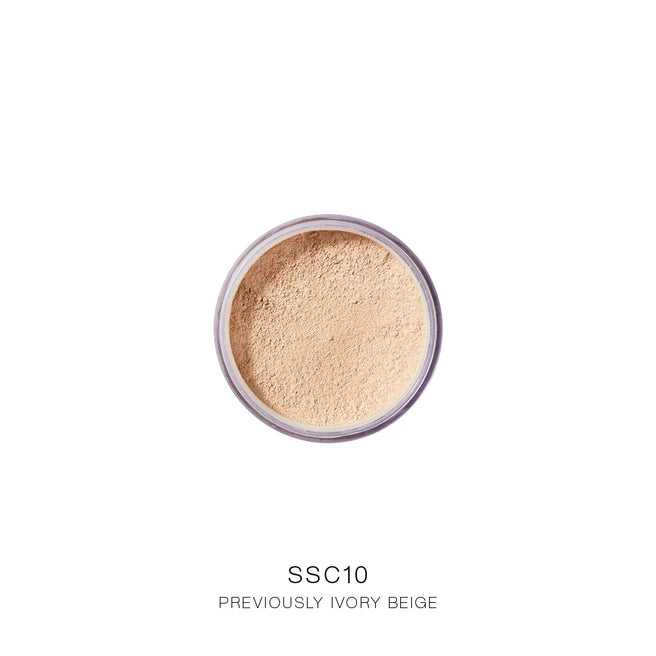There is a lot of hype around the negative impact of HEV Light - also known as ‘Blue light’ – but before you purchase your blue light glasses or don a ski mask in front of your computer screen, let’s assess the facts.
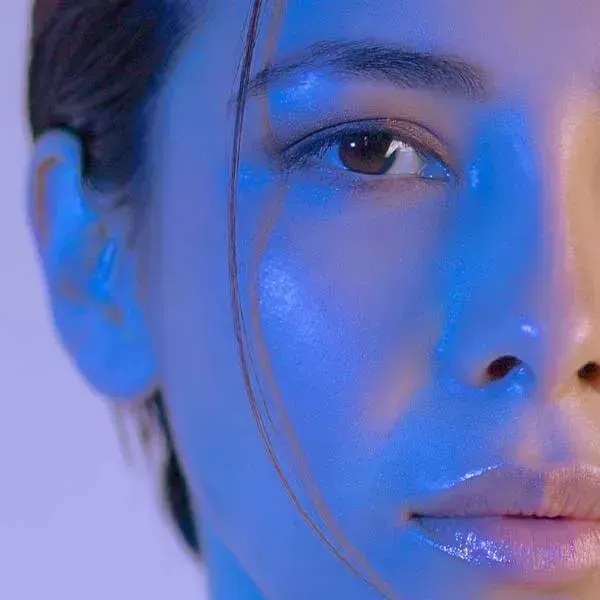
What is HEV Light?
High Energy Visible (HEV) light refers to higher-frequency, shorter wavelengths of light in the violet-blue band of visible light spectrum (380-500nm). Most blue light constitutes between 25-20% of the light generated from the sun. HEV is also emitted from TV’s, laptops, desktops, certain light sources (particularly LED’s) and smartphones, although the amount of free radical damage caused by devices generating Blue Light is fairly negligible in comparison to the sun (more on this later).
Can blue light damage your skin?
Clinical research points to the conclusion that HEV light does indeed harm our skin cells.
Just as UVA and UVB causes free radical damage, so too does Blue Light. Blue Light has also been linked to direct damage to the mitochondria; the ‘mini organs’ in our cells that provide all the energy we need to perform every function in our bodies. A recent study looked at the effect of HEV exposure on the genes in our skin, which concluded that HEV directly impacts our natural response to inflammation and reduces our ability to repair and heal the skin barrier. So, is ‘screen face’ really a thing and do we really need to freak out about our TV’s, tablets and smart phones? A 2018 study showed that exposure of up to one hour on a device emitting blue light can cause free radical damage in cells. However, there are no studies to date reporting on the long-term effects of blue light from devices on our skin. The amount of HEV emitted by devices is only a fraction of the intensity of the HEV light emitted from the sun, but the jury is still out on just how damaging devices are on our skin and eyes. You will need to be in front of your smartphone for ten hours to equal fifteen minutes of Blue Light exposure from the sun.
Does Sunscreen Protect from Blue Light?
Whilst most sunscreens offer UVA and UVB protection, few sunscreens protect the skin from Blue Light. However broad-spectrum protection products that contain ingredients such as iron oxides or lycopene will effectively combat HEV induced damage. Blue Light alters normal melanin production and may help to explain why some individuals with melasma still suffer with hyperpigmentation despite using high levels of sunscreen.
How to Protect Your Skin from Blue Light
Our recommendation is to minimise your total daily exposure to HEV, particularly the natural blue light from solar radiation. If you are constantly looking at screens every day, it can’t hurt to add some Blue Light protection to your skincare routine, but if you spend time outdoors, you definitely need to protect from the three damaging wavelengths: UVA, UVB, and HEV. So, what can we do to protect against HEV damage to skin? Thankfully there are a few powerful products that will do just that.
Mineral Makeup Containing Iron Oxides
There are numerous studies highlighting the importance of mineral iron oxides in protecting skin beyond the UV spectrum and into the HEV/Blue light wavelengths.
All Synergie Minerals foundations possess significant levels of iron oxide pigments (rather FD&C dyes) to offer extensive UVA/UVB/Blue light protection. This is particularly relevant to those prone to solar pigmentation and melasma. Iron oxide also further adds to the broad-spectrum UVA and UVB protection along with zinc oxide and titanium dioxide. Synergie Minerals foundations contain an average minimum of 3% iron oxides as the primary pigment base with no addition of artificial colour. This includes EnviroVeil - our latest light-reflecting liquid mineral foundation boosted with antioxidant protection – as well as MineralWhip, and Second Skin Crush.
In fact, we are proud to say that according to third-party laboratory tests and in-vitro evaluation, Synergie Minerals EnviroVeil provides verified protection against Blue Light and High Energy Visible light (HEV).
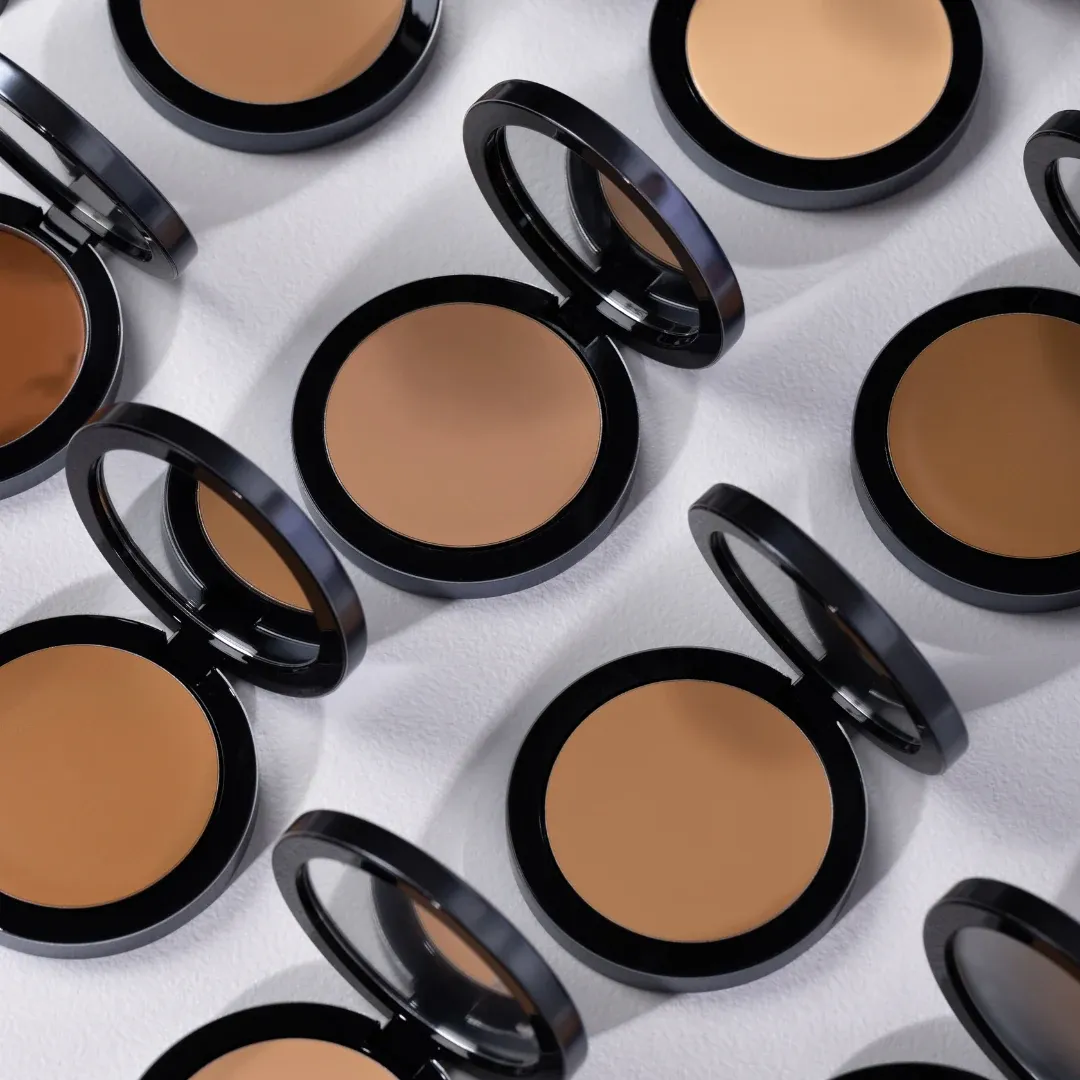
Skincare Products for Blue Light
When it comes to skincare, antioxidants are the key to neutralising free radical damage generated from Blue Light interacting with our skin cells. Look for products containing green tea, vitamin C and lycopene. Lycopene from tomatoes, is our number one hero anti-Blue Light ingredient because it actually filters blue light wavelength as well as neutralising free radicals that damage and age our skin.
The Benefits(?!) of Blue Light
This may sound counter-intuitive, but Blue Light can be beneficial for us in moderation. Blue Light in controlled doses can actually help with acne treatments and other skin disorders. Blue Light also helps us be more alert and can help elevate our mood. But with the majority of human beings picking up their smartphones over 150 times a day, it is definitely worth minimising daily exposure to blue light and protect your skin and eyes if you are exposed to solar radiation.



